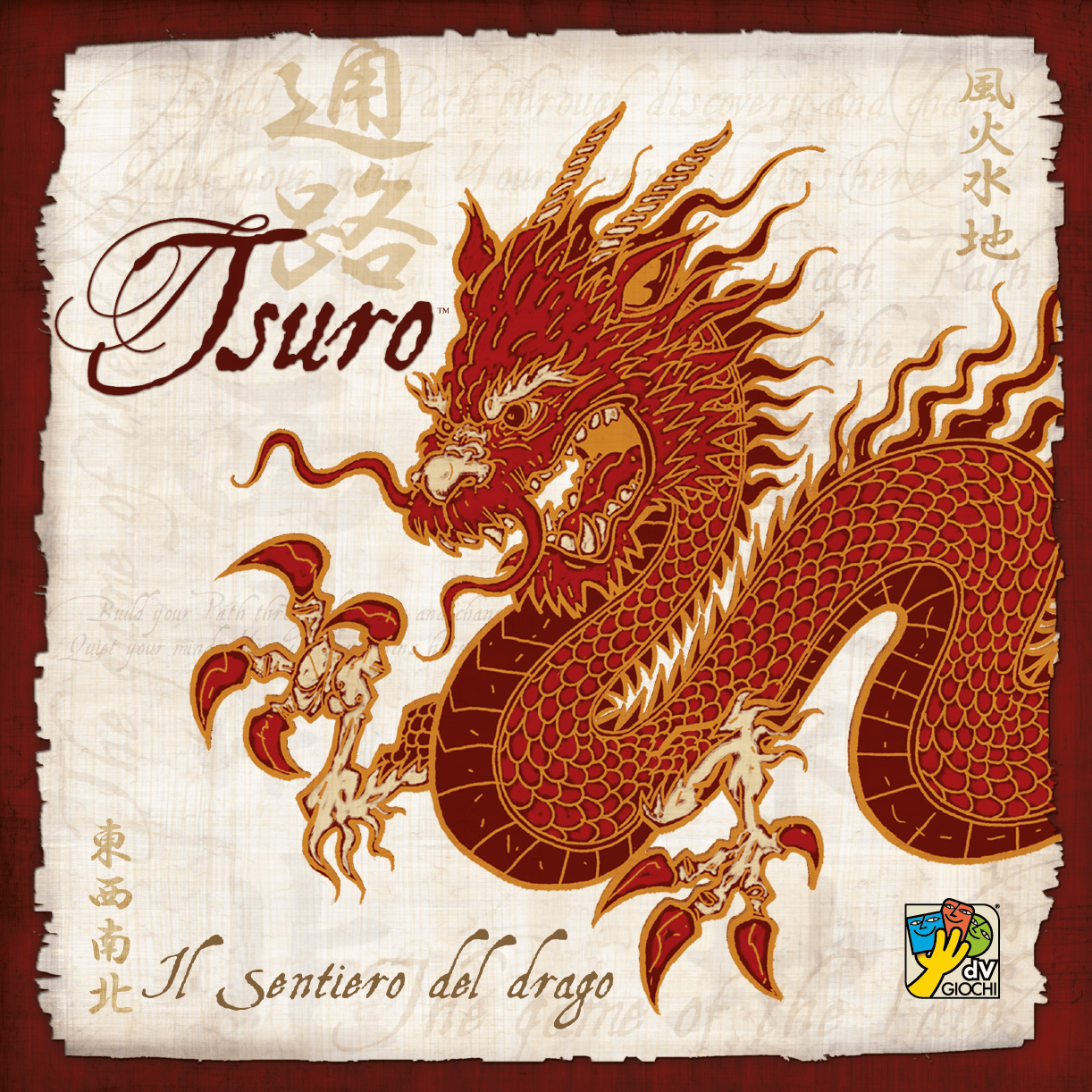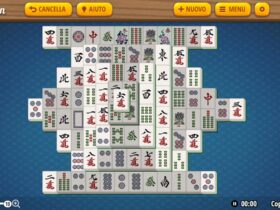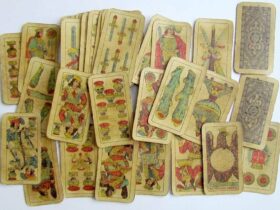Place a tile and walk the path, but be careful not to leave the board! Here is the review of Tsuro, news of the dV Giochi
There are those who received a dog as a gift at Christmas, others a cat and those who found a dragon under the tree. We are talking about Tsuro, new this December from dV Giochi, a game suitable for families and casual players.
Materials | Tsuro review
Tsuro is a real gem and conquers already at the sight, the aesthetics of this game is truly exceptional. Inside the box we find an opaque sheet on which there are written the name of the game, the ideograms and the following sentence:
Create your own path by exploring and discovering. Calm the mind. Your journey starts here.
Then, of course, we also find the regulation to which a small parenthesis should be dedicated because this is also a noteworthy component. It is a square-shaped cardboard and has a particular opening, on the front it is reddish and has ideograms written, while inside the background is a light color with the regulation written mainly in black. Finally, we also find the following materials:
- 1 scoreboard
- 35 Path tiles and 1 Dragon tile, all in thick cardboard
- 8 pieces with a dragon engraved on them
Set Up and Regulations | Tsuro review
Set Up
The game starts in six simple steps:
Once all the pieces have been placed you can start playing. Good fun!
Regulation
The game turn takes place in 3 phases:
Dragon Card: this tile is used when the draw pile runs out and is used to indicate who will be the first player to draw a card as soon as there are new ones available. When the player who owns this tile can draw a card again, then he can put the Dragon tile next to the board again or give it to another player who does not have the opportunity to draw a card.
How do you reform the draw deck? Reforms when a player is eliminated. He takes the tiles he has in his hand and these are shuffled with the draw pile.
End of the game
The player with the piece that remains on the board until the last one wins.
Game variants | Tsuro review
Elimination Bonus (this variant is not used in two-player games)
If after the placement of a tile some players are eliminated, the player whose turn it is can immediately exchange any number of tiles in his hand with the same number of tiles as the eliminated players, looking at them. The tiles of the remaining eliminated players are shuffled, as usual, into the draw pile.
Pass the stack
In this variant, the Dragon tile is placed on the bottom of the draw pile and it is turned over among the players at each change of turn.
Conclusion
Tsuro was a game that struck me first of all from an aesthetic point of view, the materials of the components are of excellent quality and aesthetically the contents of the box are very beautiful. The only note I have to make regarding the components is on the color of the pieces because some colors I find too dark and similar to each other, I would have preferred brighter colors that made them stand out more on the board. At the moment I played two games with four players, these were not at all boring or too complicated from a strategic point of view, perhaps this last aspect may be more relevant in a game where you play from 6 to 8 players, where they are greater opponents to be eliminated. It is interesting that in some games it may happen to be able to eliminate an opponent by placing only the first tile. Regarding the rules, however, I find it useless to define a variant “Pass the stack”, but I would define it more as a suggestion to memorize the various actions during the first games and not forget to draw a card at the end of the turn.
Technical details
- Name: Tsuro
- Author: Tom McMurchie
- Publishing house: dV Games
- Players: 2 – 8
- Age: 8+
- Duration: 15 – 20 minutes
- Price: 29,90 €
Follow the path … the right one
Points in favor
- Excellent materials
- Strategic, but not too much
- Game suitable for any type of player
Points against
- Too dark token colors
- Variant “pass the stack”: it is not a variant















